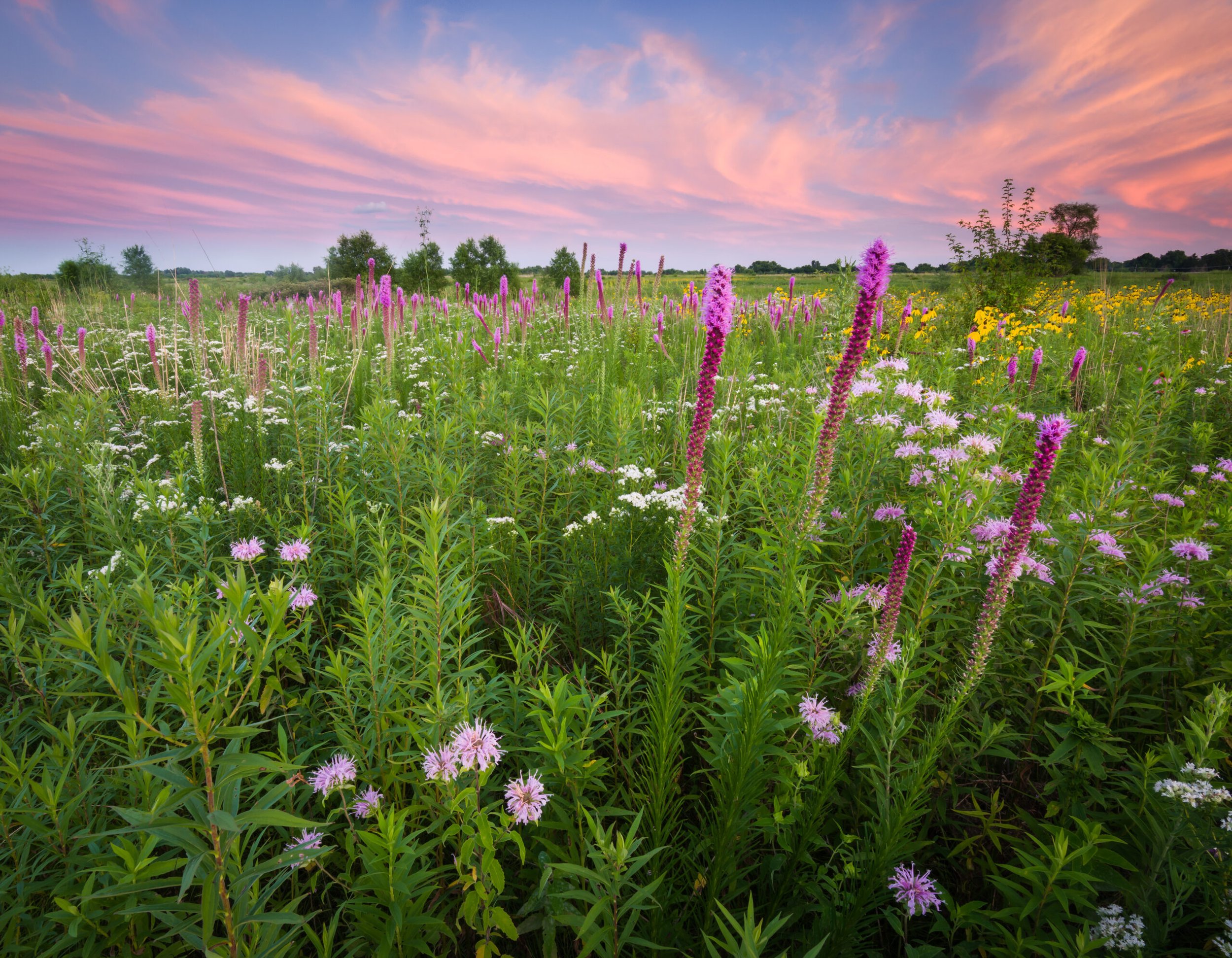
Prairie City USA®
Building stronger communities through integrated prairie habitat, conservation best practices and civic leadership.
View our Welcome Guide and learn the steps to become a Prairie City USA.
Take the 1st step in becoming a Prairie City USA by submitting your application!
With supported civic leadership and integration of prairie habitat throughout the community, municipalities will benefit from an engaged citizen base supporting local conservation projects and volunteer opportunities for young and old.
Prairie City USA™ is a community program to integrate prairie habitat restoration,demonstration projects and adoption of conservation best practices. Through civic leadership, public engagement and implementation of prairie-friendly policy, integrated prairie conservation practices will create significant benefits in three core areas:
Ecologically, Prairie City USA™ will create buffer zones in urban and developed areas where excessive water runoff impact sewer systems and local waters, including ponds and wetlands. By integrating native prairie plants adapted for soil types and local conditions, storm water can be absorbed, filtered, and slowed, reducing erosion and nutrient overloading. Toxic blue green algae blooms are a direct result of chemical misuse and runoff into waterways. Prairie habitat has the ability to absorb and store chemicals and storm water. Converting green spaces from mowed landscapes to a diverse prairie will greatly increase pollinator species such as bees and butterflies, along with numerous wild bird and bat species. Additional ecological benefits include less dependence on herbicides, pesticides, and fertilizers to manage monoculture landscapes such as Kentucky Bluegrass.
Municipal benefits from Prairie City USA™ adoption include lower maintenance costs associated with upkeep of traditional green spaces. In summer months, less mowing of traditional grass spaces will create savings in fuel costs, machine maintenance, and staff requirements for repetitive duties. Cost savings will enable resources to be spent on higher priority projects. Benefits also include reduced storm water overflow inundating municipal sewer systems and water treatment plants. The rise of large storm events and collateral impacts can be mitigated through strategic prairie habitats. Prairie habitat can also help in winter months by adsorbing blowing and drifting snow which can impact road and driving conditions.
Civic adoption and community engagement is the most important component for a successful Prairie City USA™ program. Community leaders need to create and adopt policy that empowers citizens and business owners to support prairie-friendly best practices. Implementation of prairie habitat will improve aesthetics and provide a platform for community pride as being a certified Prairie City USA™. A unified Prairie conservation program, initiated by community leaders, include county, state, and federal agencies which often manage and oversee local property and sites for prairie conversion. Implementation and adoption by businesses will showcase investments to enhance the community and create an educational and volunteer foundation for program maintenance and growth. Educating the public is also critically important. Signage at highly-visible habitat projects will help to inform residents and visitors about the benefits of integrated prairie habitat and serve as a model for other communities. Expanded prairie habitat will encourage recreational and outdoor learning opportunities as prairie plants and flowers bloom at various times throughout the growing season, attracting many colorful pollinators. Quantifying and studying the increase in pollinator numbers can help support national efforts to protect at-risk species such as the Monarch Butterfly.





